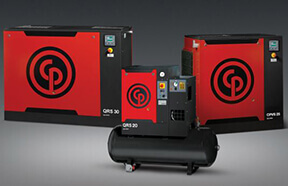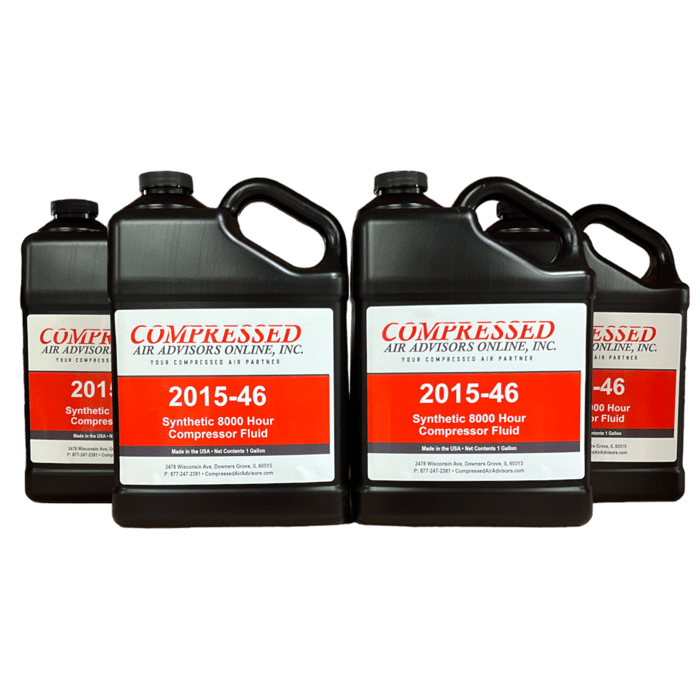Air compressors are essential tools in various industries, providing the power needed to run pneumatic equipment and tools. When it comes to selecting an air compressor, two popular options stand out: rotary screw air compressors and reciprocating air compressors. In this blog post, we'll explore the key differences between these two types of compressors to help you make an informed decision for your specific needs.
1. Working Principle and Mechanism
Reciprocating Air Compressors: These compressors operate using a piston-cylinder mechanism. The piston moves back and forth within a cylinder, drawing in air during the intake stroke and compressing it during the compression stroke. This reciprocating motion creates pulses of compressed air.
Rotary Screw Compressors: Rotary screw air compressors employ interlocking helical screws to compress air. As the screws rotate, air is drawn in and compressed continuously, resulting in a steady flow of compressed air without pulsations.
2. Efficiency and Performance
Reciprocating Air Compressors: These compressors are suitable for intermittent or small-scale applications. Their efficiency can decrease at partial loads, and they often require frequent starts and stops, which can impact energy consumption.
Rotary Screw Compressors: Rotary screw compressors are designed for continuous operation. They offer better efficiency across a range of loads, making them ideal for applications with consistent air demand. Variable speed drive (VSD) technology allows rotary screw compressors to adjust output according to demand, optimizing energy usage.
3. Maintenance and Longevity
Reciprocating Air Compressors: Due to the nature of their reciprocating parts, these compressors require more maintenance. Components like pistons, rings, and valves can wear out over time, necessitating regular replacements.
Rotary Screw Air Compressors: Rotary screw compressors have fewer moving parts, leading to reduced wear and tear. This results in lower maintenance requirements and longer service life compared to reciprocating piston compressors.
4. Noise Levels and Vibration
Reciprocating Compressors: The piston's reciprocating motion can lead to more noise and vibration during operation, which might not be suitable for noise-sensitive environments.
Rotary Screw Air Compressors: These compressors are known for their quieter operation and reduced vibration, making them a better choice for environments where noise is a concern.
5. Size and Footprint
Reciprocating Air Compressors: These compressors tend to be larger and bulkier, requiring more space for installation.
Rotary Screw Compressors: Rotary screw compressors are more compact and have a smaller footprint, making them suitable for facilities with limited space.
Conclusion
Selecting the right air compressor depends on your specific requirements, such as the nature of your operations, energy efficiency goals, maintenance capacity, and available space. Reciprocating piston compressors are suitable for smaller operations with intermittent air demand, while rotary screw compressors shine in continuous applications where efficiency and reduced maintenance are crucial. Understanding the differences between these two types of compressors will empower you to make an informed choice that aligns with your business needs and goals.
Should you have any additional questions on which type would be better for your application please contact us at 877.247.2381 or by email at info@compressedairadvisors.com






